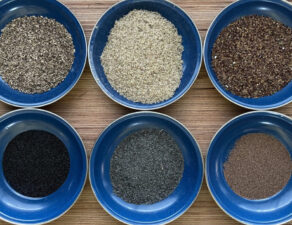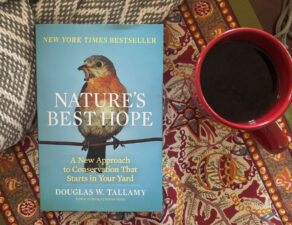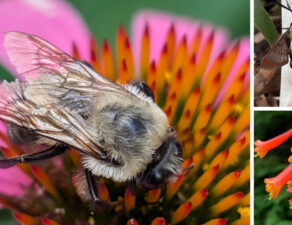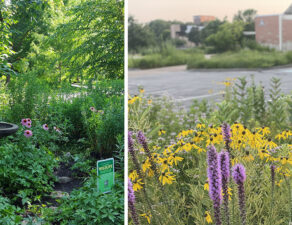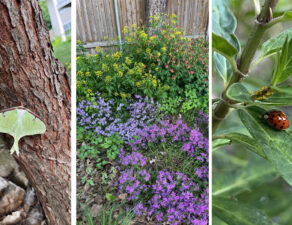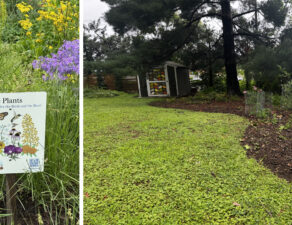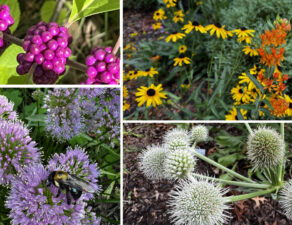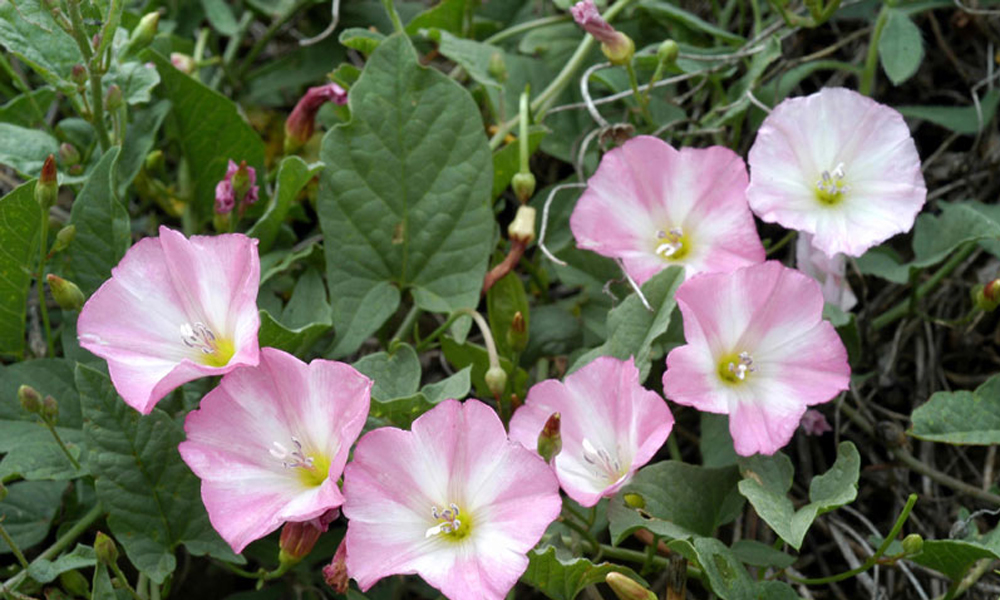
Pictured above: Field Bindweed (Credit: Nebraska DNR)
By Chris Cardwell
It is officially summertime, pools are open and lemonade stands are popping up, but so are our obnoxious weedy plants. With rising temperatures and adequate rainfall, we can expect unwanted plants to REALLY make their presence in our yards. Deep Roots wants to help you identify a select few species to remove from your yard this season and tell you how to do it.
Common weeds that you may spot in your home gardens right now include Johnson grass, Field Bindweed, and Garlic Mustard. Let’s start our journey with Johnson grass, a weed that is notoriously difficult to remove. If you find this thick leaved grass with a white vein down the center it’s time to get your clippers out. In order to eradicate Johnson grass you will need to prevent reproduction by stopping seeds from spreading and preventing new growth by destroying rhizomes. If you have Johnson grass in your gardens, be sure to cut it short and keep the plant from producing seed, if impossible and the plant produces seed be sure to clip the seed heads immediately, disposing of them in sealed plastic garbage bags, keeping them out of your compost piles and yard waste facilities. Any new stands that form, be sure to destroy the rhizomes of the new plants. It may be necessary to hand pull a population of Johnson grass several times before the species is eradicated.

Pictured above left: Johnson Grass (photo credit: MDC/Jim Rathert); above right: Garlic Mustard (Shutterstock)
Next on our list is Field Bindweed, an infamous weed in our gardens. You are probably familiar with the vine whose white to pale pink flowers (blooming now) close up around noon every day. Field Bindweed can be controlled by pulling it out of the ground by hand. After a rainy day this task is far easier than in the middle of a dry spell. If no rain is in the forecast a heavy watering will do the trick just fine, softening the soil so you can squeak out the long root.
Third, we’ll address Garlic Mustard. Garlic Mustard seeds germinate in early spring and adult plants will bloom from April to June. Garlic Mustard is easy to identify with its numerous white flowers growing in a raceme and triangular shaped leaves that are sharply lobed. The seed pods are the giveaway right now. To adequately remove Garlic Mustard, the entire plant must be pulled up, root and all, prior to seed dispersal. These plants come out of the ground very easily. If the plants have produced flowers they should be bagged and thrown away just like Johnson Grass seeds. Garlic Mustard can regenerate from any part of the remaining plant and continue to reproduce. This should be done every year until the seed bank is eliminated – good luck!
Staying on top of these weeds will prevent them from getting on top of you and your garden. As the heat of the summer cranks up, we hope you see more lemonade stands and fewer weeds.
